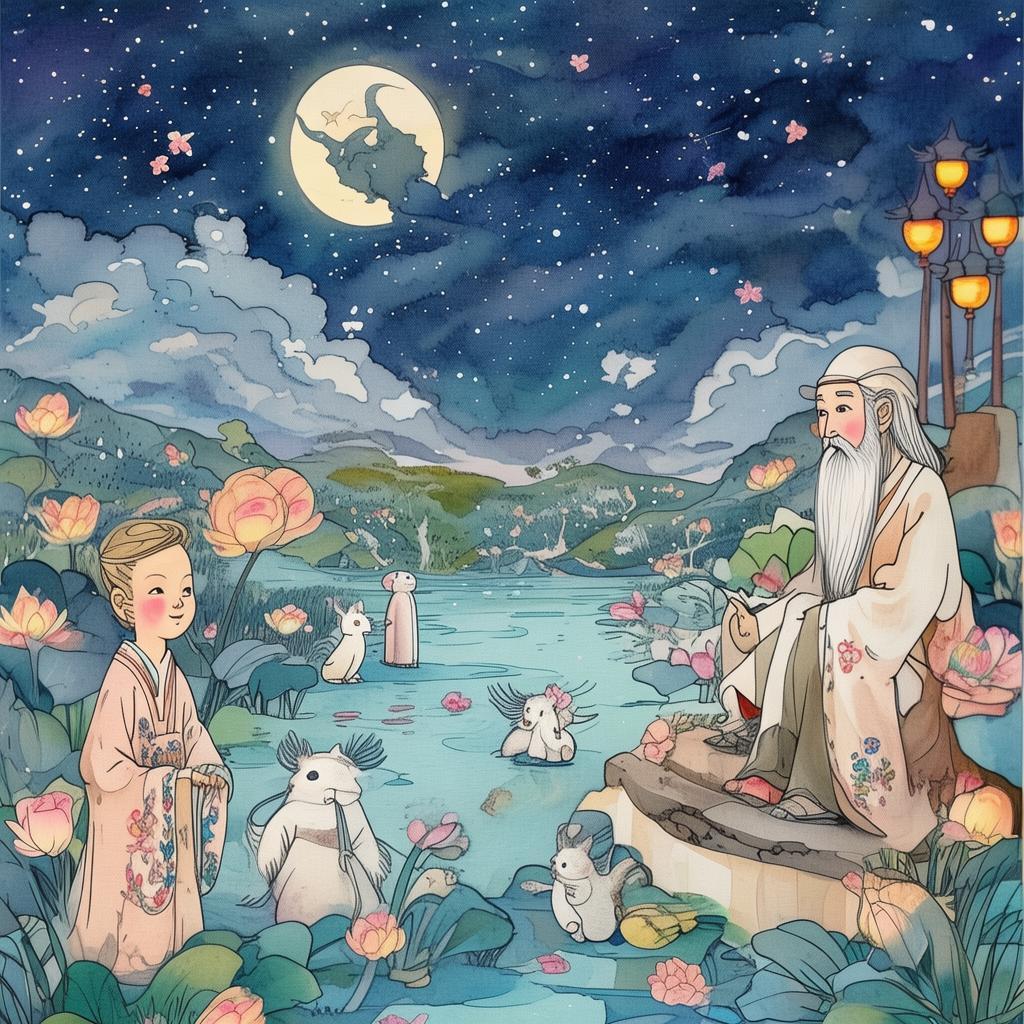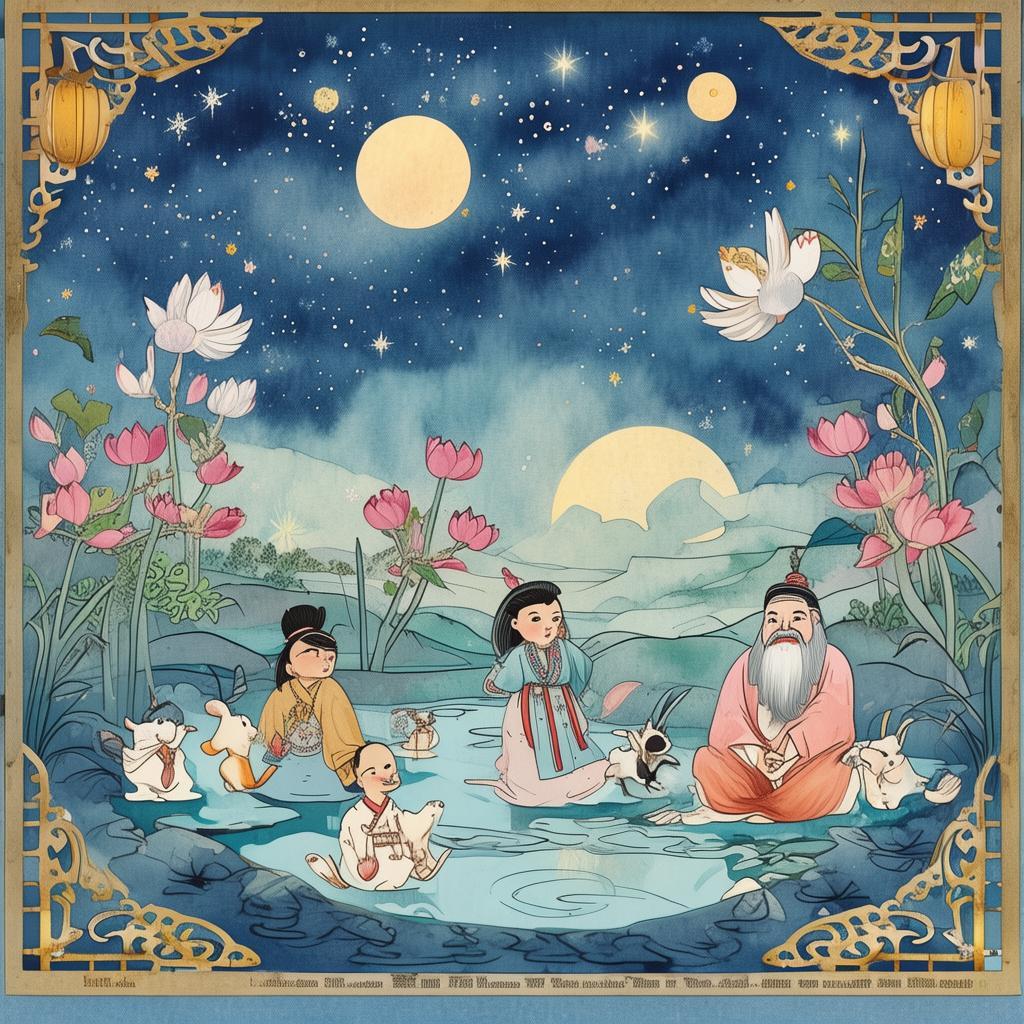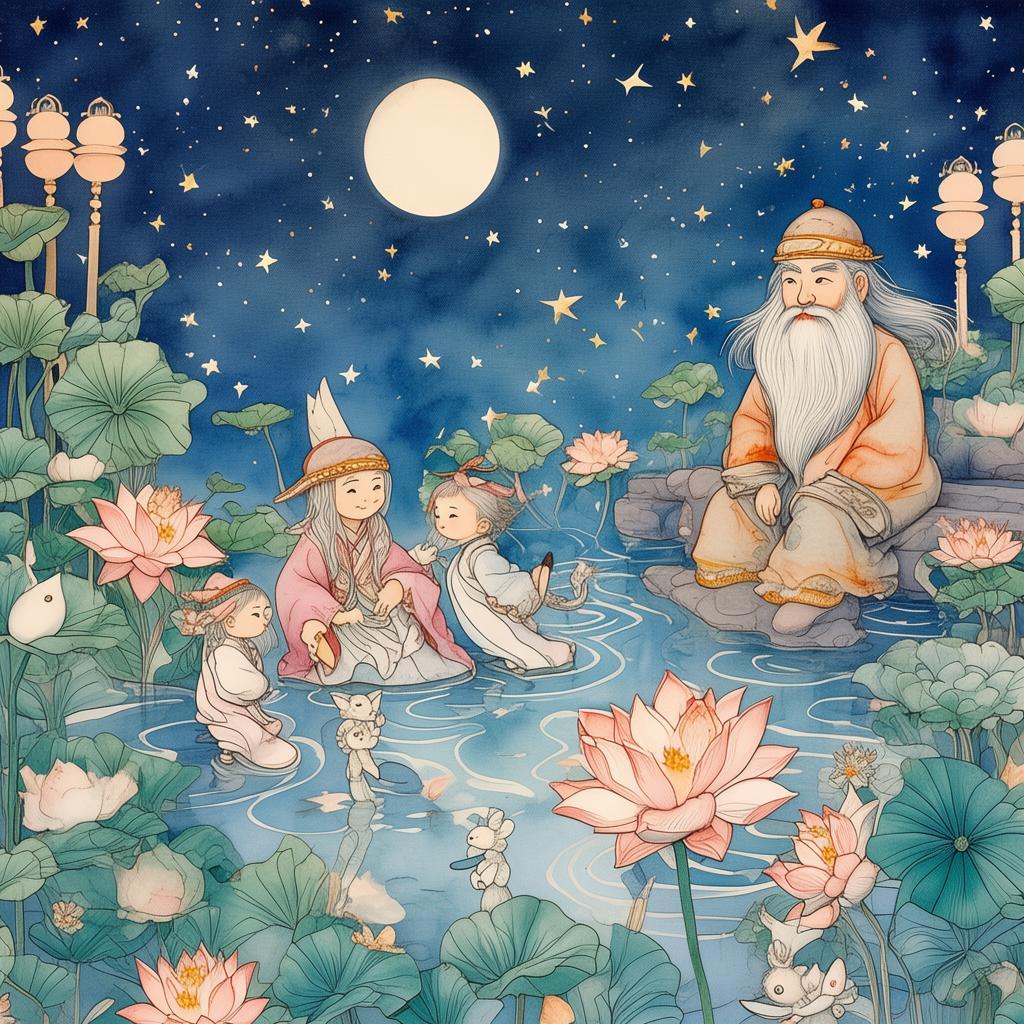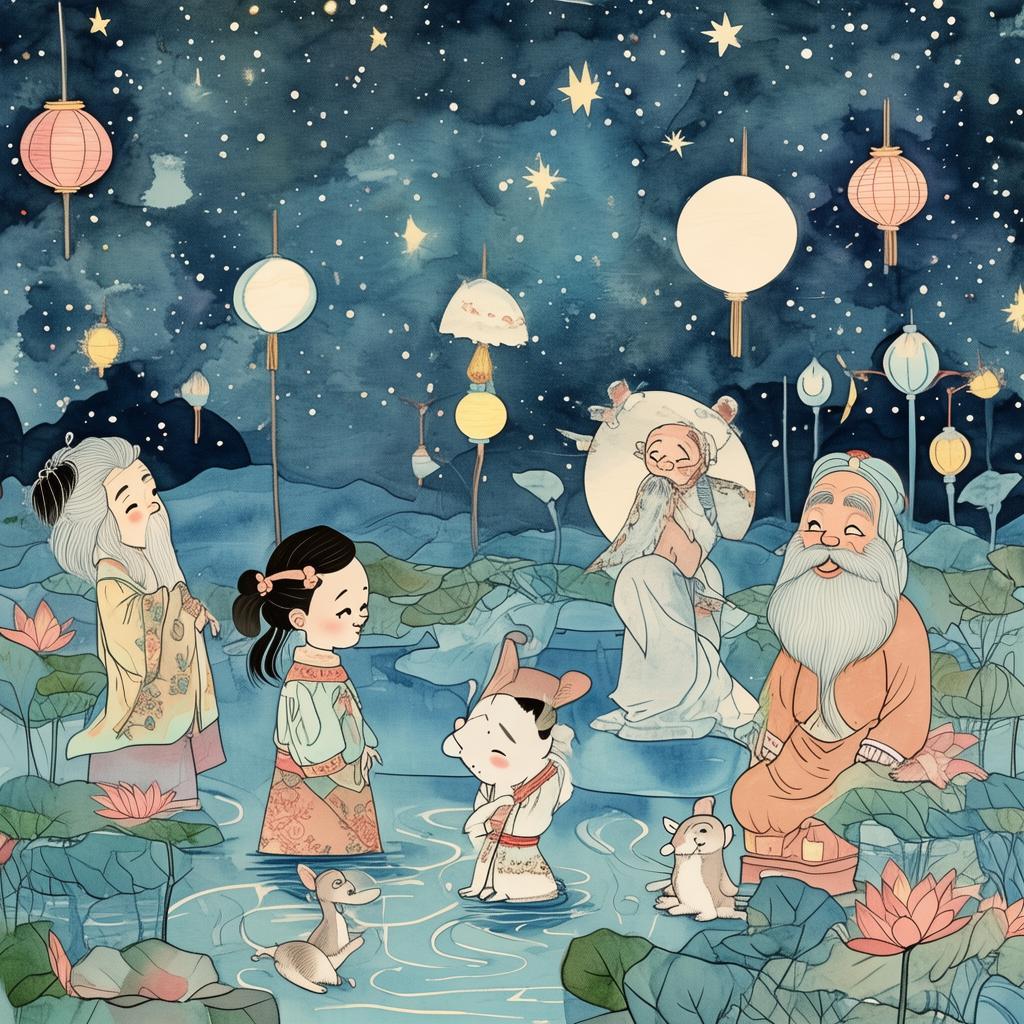The Astronaut's Alphabet: A Celestial Sleepover
Once upon a time, in a world where the sky was not a boundary but a canvas painted with the dreams of humanity, there lived a young astronaut named Leo. Leo had always been fascinated by the stars, those twinkling jewels that adorned the night sky. His dream was to become an astronaut and explore the vastness of space, to see the Earth from a perspective that only a few had ever known.
One night, as Leo gazed at the moon through his telescope, he noticed something unusual—a shimmering light in the sky that seemed to beckon him. With a heart full of wonder, he decided to follow it. To his astonishment, the light led him to the International Space Station (ISS), a floating city of dreams orbiting our planet.
The ISS was a marvel of human ingenuity, a place where astronauts from all over the world came together to conduct scientific research, test new technologies, and simply enjoy the view. Leo's heart raced as he entered the station. It was unlike anything he had ever seen, with floating objects, robotic arms, and the gentle hum of life in zero gravity.
As he wandered through the corridors, he met Commander Sarah, the current ISS commander, who was preparing for a sleepover event with children from around the world. She invited Leo to join the fun, and with a wide grin, he accepted.
The sleepover was to be an educational and entertaining adventure, and Commander Sarah had a special plan. She would teach the children the alphabet, but instead of letters on paper, they would explore the wonders of space with each letter of the alphabet.
The adventure began with the letter A, and Commander Sarah pointed to a small, white, robotic arm. "This is Armstrong, the first letter of our astronaut adventure," she said. "He'll be helping us learn about the station."
With Armstrong's guidance, Leo and the children explored the 'A' section of the station, discovering various scientific experiments, including the amazing work of astronauts in agriculture, using plants to grow food in space.
Next came the letter B, and they learned about the beauty of the universe. Commander Sarah showed them the BepiColombo spacecraft, a joint mission by the European Space Agency and the Japan Aerospace Exploration Agency, which was studying Mercury. "BepiColombo is a big mission with a big goal," she explained, "and it's all about exploring the mysteries of the planets."
As the night progressed, the alphabet took them on a cosmic journey through the wonders of space. They discovered the C of the cosmic rays, the D of the dark matter, the E of the Earth's orbit, and the F of the fantastic food astronauts eat. They learned about the G of gravity, the H of the Hubble Space Telescope, the I of the International Space Station, the J of the Jupiter missions, and the K of the Kepler Space Telescope, which was designed to find new planets.
As the children counted the stars, they reached the letter L, which led them to the laboratory where astronauts conduct experiments. Leo was fascinated by the experiments on living organisms, which could one day help us understand how to survive on other planets.
The letter M took them to the moment of magic when the ISS would make a 'pass' over their home, giving them a view of the Earth from space. "That's when we're moving from east to west, just like a marathon runner," Commander Sarah explained, "but instead of a finish line, we're looking at the beauty of our planet."
By the time they reached the letter N, the children were wide-eyed with excitement. "The letter N is for the night sky," Commander Sarah said. "When you're up here, the stars are your neighbors, and the Milky Way is your neighbor's street."
As they reached the letter O, they were treated to a breathtaking view of the Earth from the Cupola, the part of the ISS with windows that give astronauts a panoramic view of space. The children gasped in awe as they saw the Earth's continents, oceans, and clouds, a sight that made them feel both small and part of something vast.
The letter P was a personal favorite for Leo, as it stood for his own passion—photography. Commander Sarah showed them how astronauts capture the beauty of space through their cameras, creating images that inspire and educate people all over the world.

By the time they reached the letter Q, the children were exhausted but exhilarated. Commander Sarah wrapped up the alphabet with the letter R, which stood for火箭 (hǒujiàn), or rocket. She explained how rockets are the engines that propel spacecraft into space, including the ones that take astronauts to the ISS.
As the sun began to rise, signaling the end of their sleepover adventure, Leo and the children knew that they had experienced something truly special. They had learned the alphabet in a way they had never imagined, with the universe as their classroom.
With a heavy heart, Leo said goodbye to the ISS, knowing that this was just the beginning of his journey. As he floated back to Earth, he promised himself that one day, he would return to space to continue his exploration.
And so, as Leo drifted off to sleep, he whispered to the stars, "Goodnight, universe. Goodnight, Earth. Goodnight, friends."
And in his dreams, he could see the ISS shining brightly in the night sky, a testament to the magic of exploration and the endless possibilities of space.
The end.
✨ Original Statement ✨
All articles published on this website (including but not limited to text, images, videos, and other content) are original or authorized for reposting and are protected by relevant laws. Without the explicit written permission of this website, no individual or organization may copy, modify, repost, or use the content for commercial purposes.
If you need to quote or cooperate, please contact this site for authorization. We reserve the right to pursue legal responsibility for any unauthorized use.
Hereby declared.









